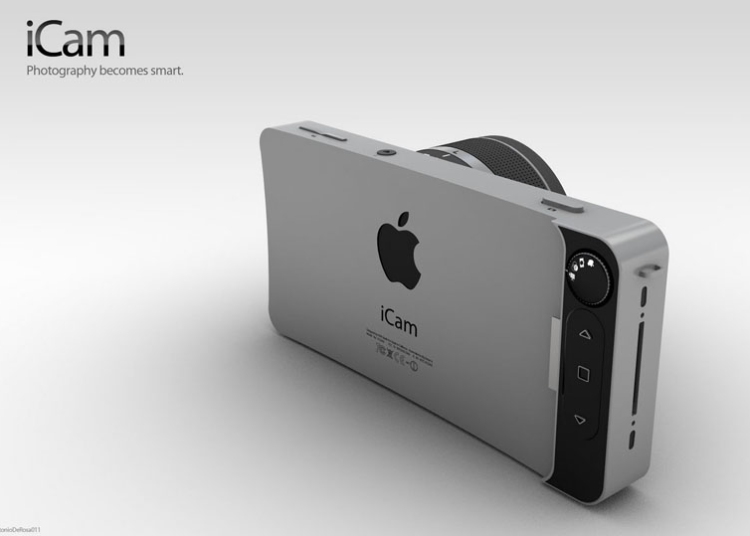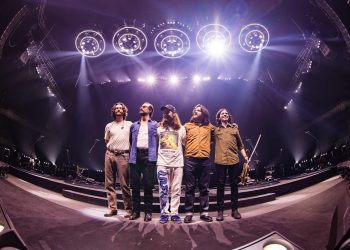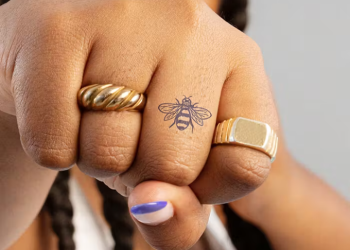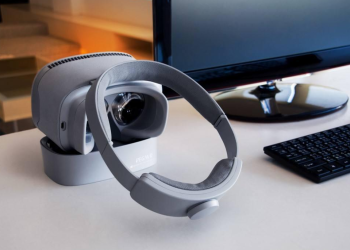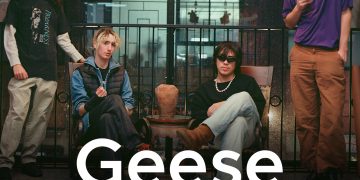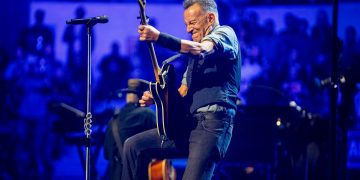Introduction to AI in Art
Artificial intelligence (AI) is revolutionizing the way we create and experience art, blurring the lines between human creativity and technological innovation. From generating music compositions to creating visual artworks, AI has become an integral part of the artistic landscape.
The Role of AI in Creative Processes
AI is being used in various creative processes, including music composition, literature generation, visual art creation, and even performance art. Algorithms and machine learning models are trained on vast datasets to analyze patterns and generate novel artistic outputs.
The Promise of AI in Art
The integration of AI in art holds great promise, offering opportunities for enhanced creativity, efficiency, and accessibility. AI can assist artists in exploring new avenues of expression, breaking creative boundaries, and reaching new audiences.
Ethical Considerations in AI Art
However, the rise of AI in art also raises significant ethical considerations that must be carefully addressed. These include issues related to ownership and authorship, bias and fairness, transparency and accountability, and the impact on artistic expression.
Ownership and Authorship
One of the primary ethical dilemmas in AI art revolves around ownership and authorship. Who owns the rights to AI-generated artworks, and how should credit be attributed? These questions become increasingly complex as AI systems become more autonomous in their creative processes.
Bias and Fairness
AI algorithms are not immune to bias, and their outputs can reflect and perpetuate existing biases present in the training data. This raises concerns about the fairness and representativeness of AI-generated art and its impact on diversity and inclusion in the arts.
Transparency and Accountability
Ensuring transparency and accountability in AI art is essential for building trust and confidence in AI systems. Artists and developers must be transparent about the algorithms and data used in the creation process, as well as accountable for any unintended consequences or biases.
Human-AI Collaboration
While AI can augment human creativity, the idea of collaboration between humans and machines also challenges traditional notions of authorship and creativity. Artists must navigate the blurred boundaries between creator and tool, balancing the autonomy of AI with human oversight and guidance.
Impact on Artistic Expression
The influence of AI on artistic expression is profound, shaping the way artists conceive, create, and engage with their work. AI enables artists to explore new techniques, styles, and concepts, expanding the possibilities of artistic expression.
Societal Implications
Beyond the realm of art, the widespread adoption of AI has broader societal implications, including its impact on culture, economy, and labor. As AI becomes more prevalent in the creative industries, questions arise about the future of artistic labor and the role of human artists in an AI-driven world.
Regulatory Frameworks
To address these ethical concerns, there is a growing need for regulatory frameworks and guidelines to govern the ethical use of AI in art. These frameworks should promote transparency, fairness, and accountability while fostering innovation and creativity.
Case Studies
Examining case studies of notable AI art projects provides valuable insights into the ethical implications of AI in art and the challenges faced by artists, developers, and policymakers in navigating this complex landscape.
Public Perception and Acceptance
Public perception and acceptance of AI-generated art play a crucial role in shaping its cultural significance and legitimacy. Educating the public about AI art and fostering dialogue about its ethical implications can help promote understanding and acceptance.
Educational Initiatives
Educational initiatives aimed at raising awareness and promoting ethical literacy in AI art are essential for empowering artists, developers, and consumers to make informed decisions and navigate the ethical complexities of AI-driven creativity.
Conclusion
In conclusion, the intersection of AI and art presents both opportunities and challenges for creativity, innovation, and ethical stewardship. By addressing the ethical considerations surrounding AI art and fostering responsible practices, we can harness the full potential of AI to enrich the artistic landscape while upholding ethical values and principles.

FAQs After The Conclusion:
- Can AI truly be creative?While AI can generate novel and unexpected outputs, the question of whether AI can be considered truly creative is subject to debate and philosophical inquiry.
- How can artists ensure fairness and inclusivity in AI-generated artworks?Artists can promote fairness and inclusivity in AI-generated artworks by carefully curating training data, actively addressing biases, and engaging with diverse perspectives throughout the creative process.
- What are some examples of AI art applications in the real world?Examples of AI art applications include DeepDream, which generates surreal images using neural networks, and AIVA, an AI composer that creates original music compositions.
- Are there any legal implications associated with AI-generated art?Yes, legal implications associated with AI-generated art include issues related to copyright, intellectual property rights, and liability for unintended consequences or infringements.
- How can AI art contribute to cultural diversity and innovation?AI art can contribute to cultural diversity and innovation by providing new tools and techniques for artistic expression, amplifying underrepresented voices, and fostering cross-cultural dialogue and collaboration.
- What measures can be taken to address bias in AI algorithms?Measures to address bias in AI algorithms include diversifying training data, implementing fairness-aware algorithms, and promoting transparency and accountability in AI development and deployment.
- What role do museums and cultural institutions play in showcasing AI art?Museums and cultural institutions play a vital role in showcasing AI art, providing platforms for exhibition, research, and discourse on the intersection of AI and art.
- How can individuals contribute to the ethical discourse surrounding AI art?Individuals can contribute to the ethical discourse surrounding AI art by staying informed, engaging in critical dialogue, supporting ethical AI initiatives, and advocating for transparency and accountability in AI development and deployment.


